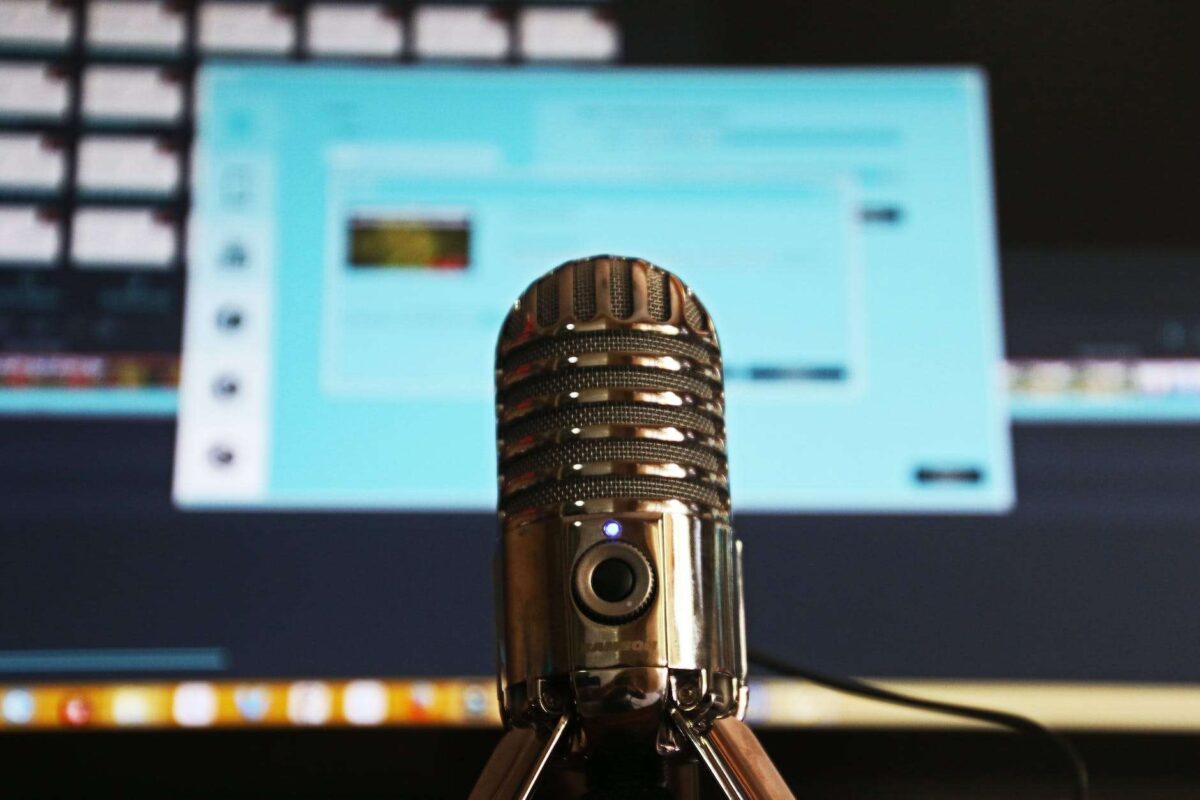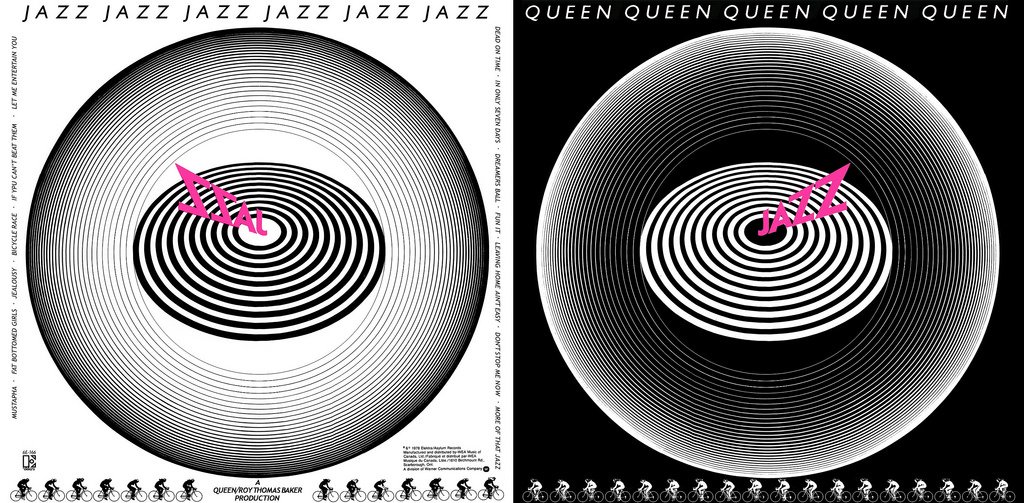By Shawn Leonhardt for 30 Day Singer and Guitar Tricks
While there are many guidelines, tips, and tricks to recording vocals, your set-up will greatly determine the ultimate decisions made. Every vocalist will have specific issues with their recording space and gear that they need to adjust for, there is no one-size-fits-all for vocals. Even if you get the chance to perform in a top-of-the-line pro studio you will still need to practice and prepare. Here are some tips on how to record vocals properly.
Vocal Recording Equipment
One general rule about audio is that the better the equipment, the better the final sound of the product. There are many examples of people who became famous recording with basic bedroom set-ups, but mostly musicians use the best gear. Be careful not to sacrifice quality by being too cheap when you purchase the necessary materials.
- Mics Let’s start with the first step as the vocal signals leave the mouth and go into the microphone. There are mics more suitable for podcasts or voiceovers and others better for singing.
- Cable The signal will travel through a cable that needs to be high quality, if the signal is terrible or scratchy that will be a problem.
- Audio Interface and PreAmps If you are doing old-school recording you will plug your mics into a mixer and analog reel-to-reel. Otherwise, in the modern era, you will need an audio interface that will connect to a computer. This is another place where you want to spend a decent amount, the nicer interfaces will give your vocals crisp and perfect clarity.
- Computer and Software Once the audio signal is boosted and ready for the computer you will need a lot of memory and a DAW (Digital Audio Workstation) software to be processed in. The popular DAWs are ProTools, Logic Pro, Ableton, Cubase, and even programs like Audacity can be used to edit vocals.
If you are singing your takes in a professional studio you will hopefully see all these pieces of equipment. You will also want to take some time to practice so the producer can find the right levels needed for your performance. Sometimes a mic’s interface needs to be turned up a lot, other times it may just take a little boost, it can all depend on many factors.
The Proper Recording Space
When recording proper vocals we also need the appropriate space so we do not have any background noises or problematic echoes. In pro studios, you will find they are soundproofed and treated to keep errant frequencies at a minimum.
- Weird-Shaped Rooms A perfectly square or odd-shaped room can be detrimental to the final recording. If you plan on building a studio of any kind you need to run some simple tests, these can be done with equipment or just by recording vocals and see what the problems are.
- Sound Treatment Some rooms will require acoustic foam or other soundproofing methods like bass traps, heavy blankets, or insulation. If you are somewhere noisy the room may have issues. The best way to adjust sound treatment is to experiment and see which setups work the best.
- Sound Booth Some people who do voice-overs purchase or build little mini sound booths to help keep a quiet environment to record in. Sometimes this works great, other times it can make the recording sound dead from no sound reflections. Try using your recording space before you drop lots of money on further soundproofing, make sure the booth will serve its purpose.
- Comfort and Efficiency Make sure your recording space is useful and not overly soundproofed or inefficient. Sometimes to make the perfect area the vocalist or producer sacrifices time and money; do not rush into decisions until you know what you’re doing!
Voiceover and Singing Tips
Of course proper vocals are more than just a good mic and a proper space, your technique and skill matter greatly. Your voice is an instrument and it needs practice and work for maximum effect. If you have no access to a pro studio or amazing gear you can use your vocal skills to get around potential problems. Never forget the value of some voice lessons. Even professional singers take a refresher vocal lesson with an experienced instructor from time to time.
- The Mic Space There is a sweet spot where you should sing into the microphone, it is not too close or too far. If you are far enough away it should keep errant lip and smacking sounds to a minimum. Always practice with a mic first before recording to find the best spot.
- Sibilance and Hard Consonants Try and keep your S’s to a minimum and slightly turn your head when a hard p, b, or t pops up in the script or song. Don’t turn too much or you will hear the difference. Just a quick turn to direct air away from the mic.
- Warm Up and Practice If you can’t sing or voice the recording correctly all the gear and software in the world will not make it better. Doing some simple vocal warm-ups will go a long way. Some breathing exercises, scales, and lip trills are easy, simple, and quick ways to get your voice performance-ready.
- Try Different Takes Besides practicing we also want to provide ourselves or another producer with many different takes to edit from. Sometimes multiple recordings can be pieced together and no one will be the wiser!
- Take a Break Sometimes our voice is strained and tired and no amount of recording will fix it, in that case, take a break and rest. Especially if you are doing hard rock or extreme vocals it can get difficult fast and the last thing you want to do is damage your vocals. There is no fixing it once it’s damaged, ask any Rockstar!
Editing and Mixing Vocals
Many of the vocals you hear on radio, streaming, TV, and movies have all been treated with various editing and processing methods. If you want great vocals you need to know how to use the software or hardware to make it better. Mixing and mastering your vocals is as essential of a skill as singing.
- Levels Pay close attention to the amount of gain and all the levels in the mixer, audio interface, and software. Stay out of the red so you do not have harsh issues to deal with in later mixing.
- Effects Things like compression, equalizers, and reverb can all make your vocals clear and prominent. The key is to know how to use them, too much or not enough will be a problem, pro studios will have a better idea of how to use these, but you still want to know what processing is being done to your recording.
- Double Tracking One of the oldest tricks to improve vocals is to simply double them up and slightly move one. If you move it too much it becomes a chorus, but just the right amount will make the vocals thicker and clearer.
- Vocal Processing We have all heard artists without their Auto-Tune and Melodyne and some sound terrible! These days it is amazing what software can do, however it helps if you have a good recording going that way less processing is needed
- Record Once You can always overdub or rerecord mistakes but then you must make sure your levels and performance are the same. Try your best to get a vocal take done in one session before you go onto mixing.
Everyone will have a unique approach to recording vocals properly whether they are in a pro or home studio first. Always make sure to learn your gear and most of all practice the part you need to perform. From there try different takes, changing what doesn’t sound right until it works. Your recording space and use of software will be a work in progress as you continue to find ways to get the best vocals in your situation!



